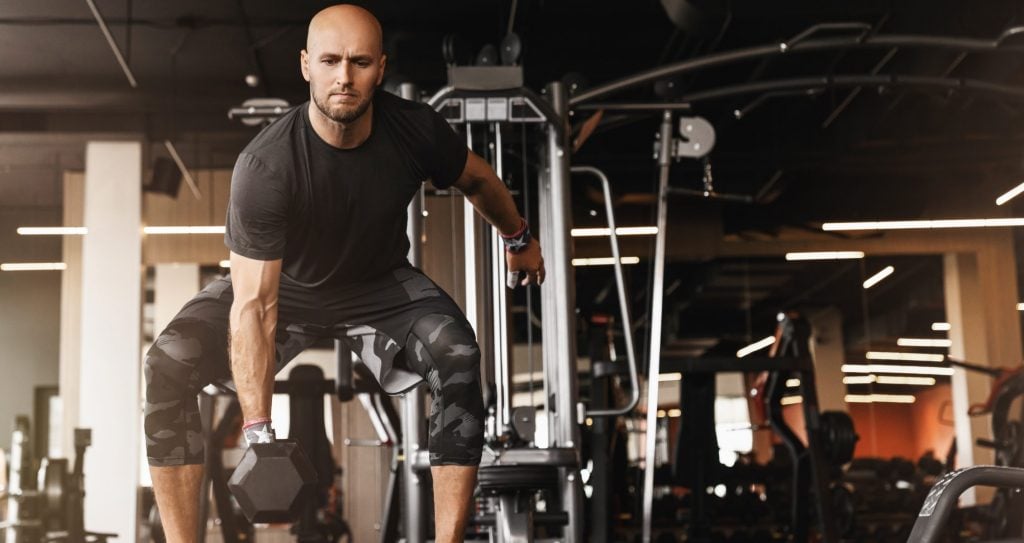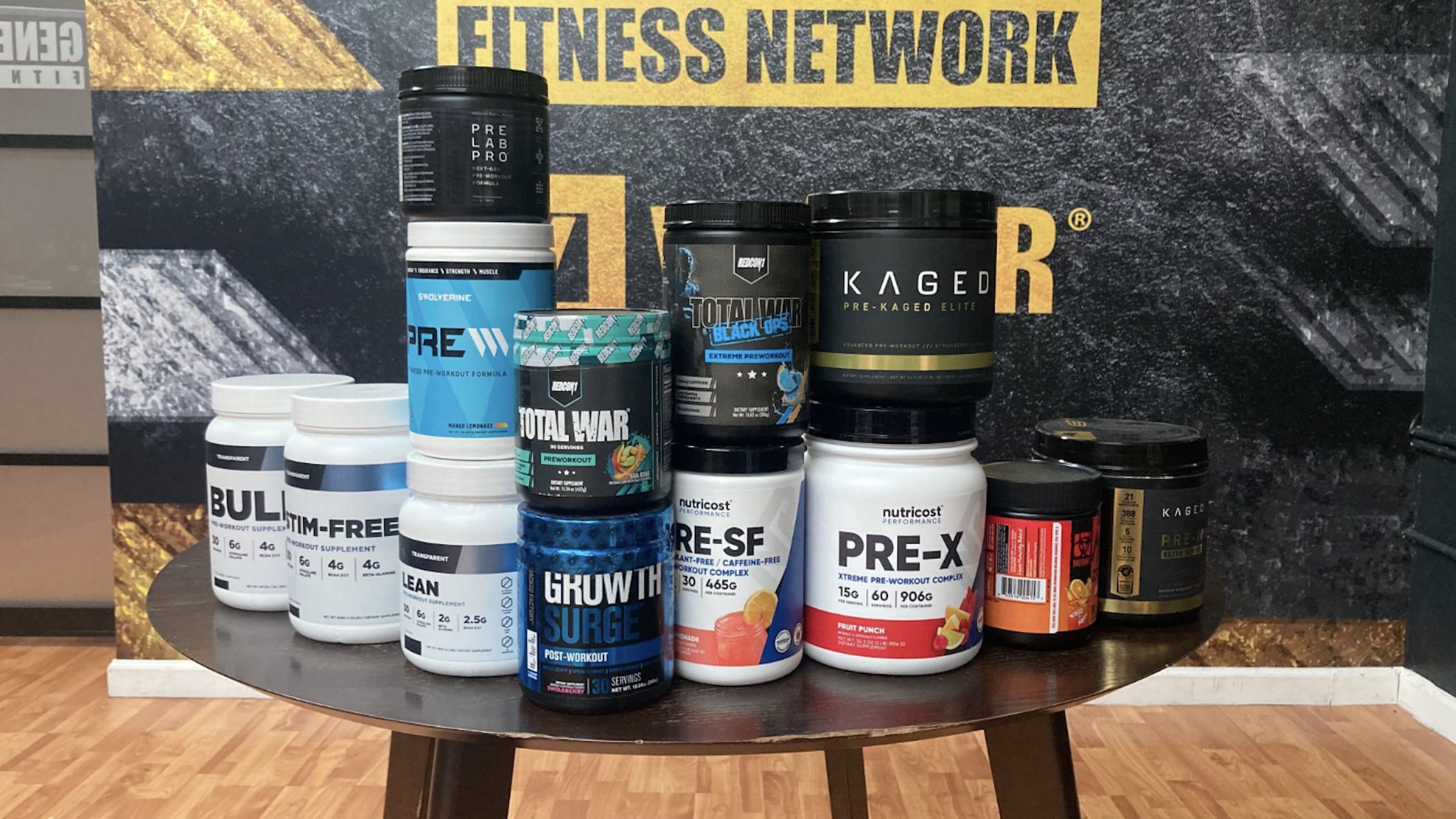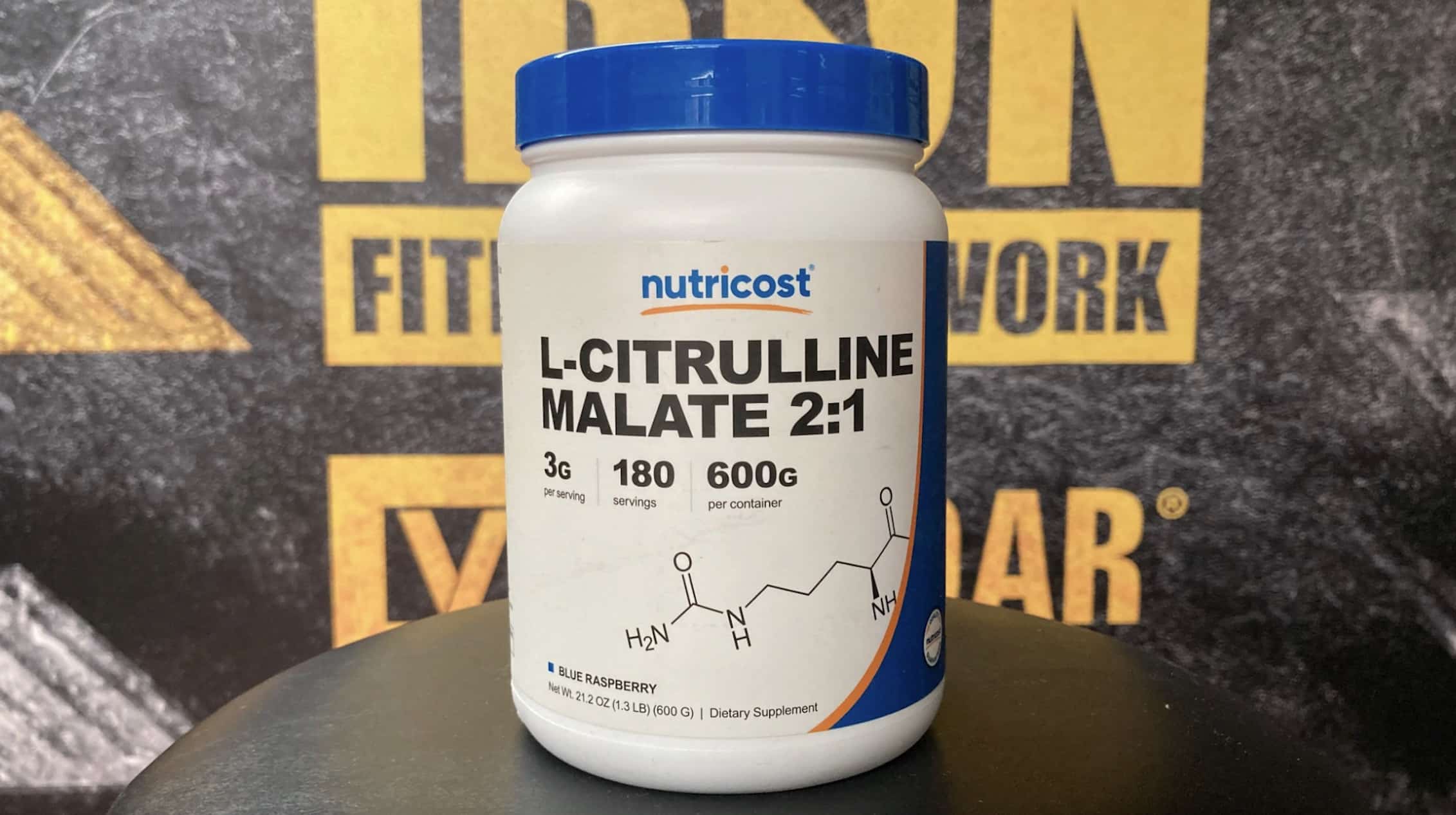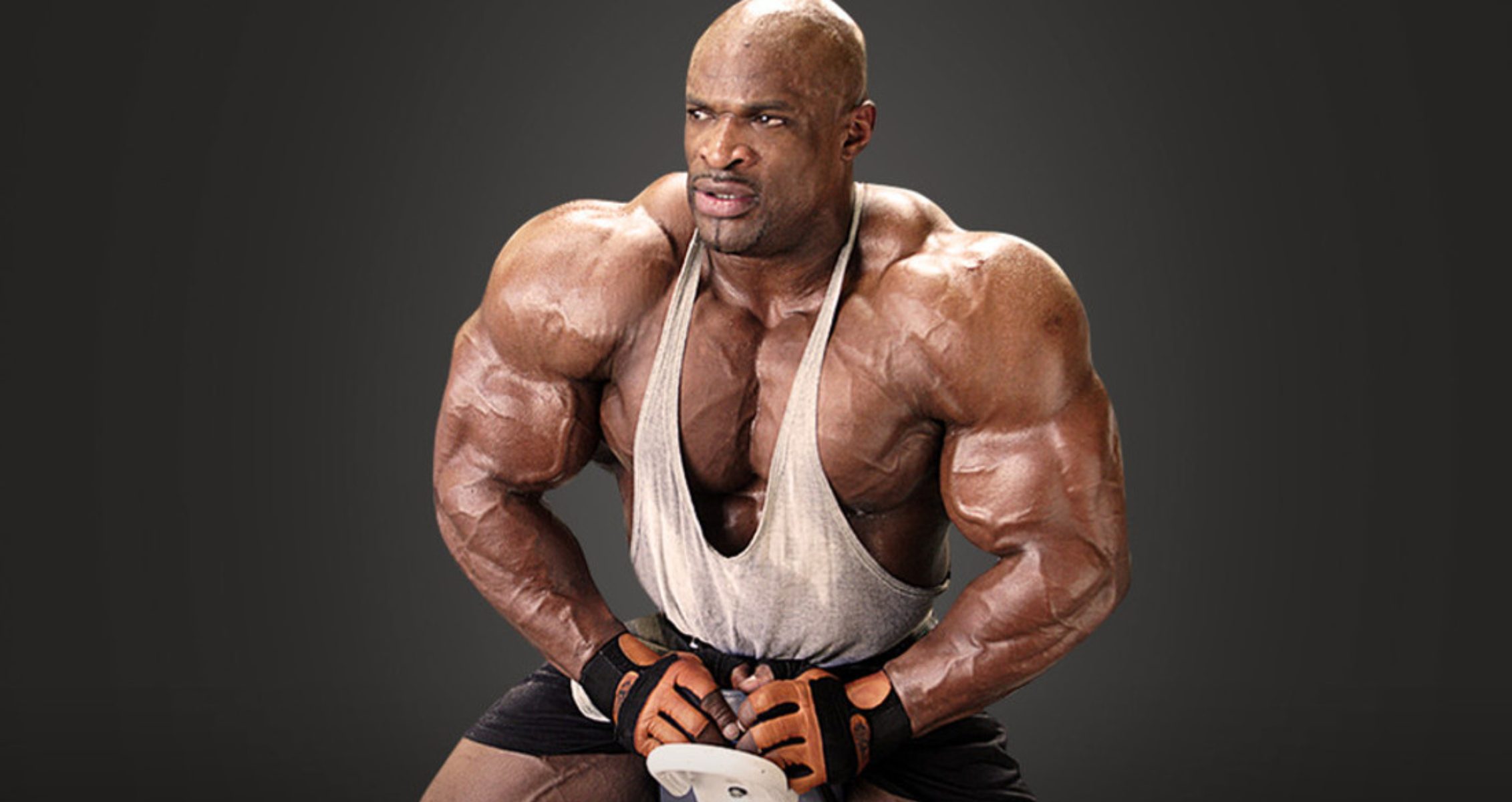Men over 50 should train with less volume and allow more days for recovery.
Staying active and maintaining fitness are essential at any age, but they become even more critical as you age (1). For men over 50, feeling and looking great can ripple through many aspects of life. Just take inspiration from four-time Mr. Olympia Jay Cutler, who took on a “Fit for 50” challenge last year and continues to stay in impeccable shape as he ages.
However, fitness after 50 isn’t simply about hitting the gym. It’s about creating a safe, sustainable, and effective workout routine. Your training should be thoughtfully designed to maximize results while minimizing the risk of injury, prioritizing productivity, recovery, and efficiency.
This guide offers a comprehensive 12-week training program for men over 50 and key tips to ensure safe and effective exercise. Discover the transformative benefits of staying fit as you age and learn how to optimize your workouts for long-term success.
Body Transformation Challenges Men Over 50 Face
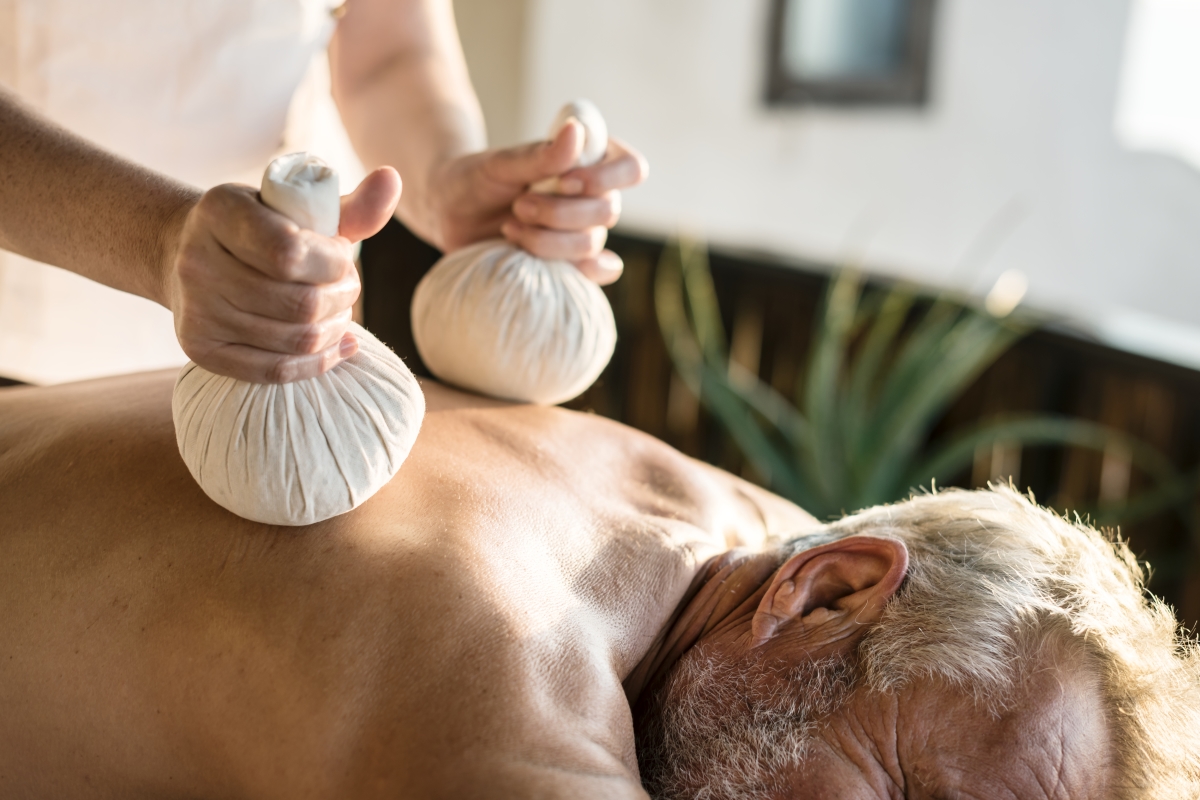
The older a man gets, the harder they find it to train. The busy lifestyle of providing for the family, building your career, and having time for your family can make going to the gym seem like a luxury. However, when you cross the bridge into your fifties, your body pays for this.
Sarcopenia, the natural loss of muscle mass, begins to affect you, especially with a lack of training. Your body also needs more time to rest and recover, but you seem to have less and less time to sleep. Your testosterone level also decreases, reducing your energy level, affecting your muscle growth, and impacting your metabolism.
It’s then, no wonder that many men over 50 find it harder to lose fat. However, with a well-structured training program and targeted workouts, you can combat these symptoms of aging. Strength training exercises like the ones in this post can help you burn calories, rebuild muscle, regain vitality, look better, and feel better.
Benefits of Strength Training for Older Men
Your fitness level directly affects your health as a man over 50. Regular training can boost your heart health, improve your bone density, and increase your metabolic rate, leading to weight loss. Below are more benefits that men over 50 can get from training.
- Increase in muscle mass
- Better metabolism
- Improved joint health
- Increased bone density
- Higher energy levels
- Better sleep
- Stronger balance
- More mobility and coordination
- Lower risk of chronic illnesses
- Better mental health
- More effective weight management
Designing a Training Program
We tailored our sample training program for men over 50 to cater to men in that age range. It’s designed to take into account joint health and pre-existing injuries. Flexibility to ensure the program fits your lifestyle is also considered, and rest is prioritized. (2)
This program is limited to three weekly workouts, giving you enough time to recover after training. We utilize supersets, which research shows enhance training efficiency (3). Full-body strength training exercises are also great for time efficiency. As you follow this workout to build muscle and improve your health, here are some general and specific tips to remember.
Tips and Recommendations for Training After 50
- Incorporate mobility exercises into your routine to prevent injuries, improve flexibility, boost joint health, and improve overall performance.
- Understand your body’s limitations. If you feel a sharp pain, stop and reassess. Where necessary, modify your routines to accommodate these limitations; for example, a treadmill walk indoors instead of a hard run outside is easier on the joints.
- Use proper form for effectiveness and safety. Lift weights with controlled and deliberate movements to prevent injuries.
- In addition to a few days of rest a week, you should sleep at least 7-9 hours daily. You need it for recovery, muscle growth, and repair.
- Proper nutrition is essential. Prioritize your protein intake.
- Warm up adequately before workouts. This is another detail that is important for injury prevention.
- Rather than aim for maximum lifts, select weights that allow for proper and controlled form.
- Avoid putting anything behind your back for shoulder health, such as behind-the-neck presses.
- Limit yourself to 2-3 sets and 4-5 exercises per workout to help with recovery.
- Ensure that you can exit the machine and exercise safely at all times.
- Chest or back supported exercises are more convenient for those with back pain.
- Complex exercises should be done less intensely until fully mastered to avoid injuries.
Sample 12 Week Training Program

Our sample program starts with checking your strength levels, training effectively, and building muscle to get results. Start with the lower ranges and progress for each four-week interval. Rest should be 2-3 minutes between sets or supersets. Here is how to approach the exercises each week:
Weeks 1-4
- Week 1: Check assessments and mobility. Use this week to assess your body’s limits intimately while training. Some things to note include range of motion, joint health, and strength level.
- Week 2: Focus on proper form for each routine to enhance efficiency and get results
- Week 3: Build endurance; increase your reps if you haven’t
- Week 4: Check your progress with each exercise
Day 1
| Exercises | Sets | Reps |
| Shoulder Press | 2-3 | 8-15 |
| Lat Pulldown | 2-3 | 8-15 |
| 45-Degree Leg Press | 2-3 | 8-15 |
| Chest Press | 2-3 | 8-15 |
Day 2
| Exercises | Sets | Reps |
| Goblet Squat | 2-3 | 8-15 |
| Underhand Pulldown | 2-3 | 8-15 |
| Dumbbell Deadlift | 2-3 | 8-15 |
| Barbell Curl | 2-3 | 8-15 |
| Tricep Extension | 2-3 | 8-15 |
Day 3
| Exercises | Sets | Reps |
| Neutral Grip Pulldown | 2-3 | 8-15 |
| Incline Dumbbell Press | 2-3 | 8-15 |
| Dumbbell Back Lunge | 2-3 | 8-15 |
| Barbell Upright Row | 2-3 | 8-15 |
Week 5-8
- Week 5: Start progressively loading for muscle growth
- Week 6: Incorporate cardio routines for heart health (treadmill or outdoor walks)
- Week 7: Prioritize deliberate movements
- Week 8: Focus on active recovery strategies
Day 1
| Exercises | Sets | Reps |
| Lat Pulldown | 3 | 8-12 |
| Shoulder Press | 3 | 8-12 |
| 45-Degree Leg Press | 3 | 8-12 |
| Chest Press | 3 | 8-12 |
| Dumbbell Curl | 3 | 8-12 |
Day 2
| Exercises | Sets | Reps |
| Goblet Squat | 3 | 8-12 |
| Seated Row | 3 | 8-12 |
| Pec Deck Fly | 3 | 8-12 |
| Cable Tricep Extension | 3 | 8-12 |
| Lateral Raise | 3 | 8-12 |
Day 3
| Exercises | Sets | Reps |
| Dumbbell Incline Press | 3 | 8-12 |
| Neutral Grip Pulldown | 3 | 8-12 |
| Dumbbell Back Lunge | 3 | 8-12 |
| Upright Row | 3 | 8-12 |
| Bicycle Crunch | 3 | 8-12 |
Weeks 9-12
- Week 9: Muscle and strength building. Use the heaviest loads you can use for 8-12 reps without giving up
- Week 10: Prioritize functional movements, endurance, and strength
- Week 11: Prioritize strength training and cardio for metabolism and fat burning
- Week 12: Check your personal best to see improvements, but don’t overload yourself
Day 1
| Exercises | Sets | Reps |
| Superset: Lat Pulldown and Lateral Raise | 3 | 5-8 |
| Superset: Leg Curl and Dumbbell Back Lunge | 3 | 5-8 |
| Superset: Dumbbell Bent-Over Rows and Dumbbell Chest Press | 3 | 5-8 |
Day 2
| Exercises | Sets | Reps |
| Superset: Close Grip Dumbbell Press and Dumbbell Curl | 3 | 5-8 |
| Superset: Leg Extension and Dumbbell Deadlift | 3 | 5-8 |
| Superset: Bicycle Crunch and Ab Curl | 3 | 5-8 |
Day 3
| Exercises | Sets | Reps |
| Superset: Neutral Grip Pulldown and Dumbbell Shoulder Press | 3 | 5-8 |
| Superset: Bulgarian Split Squat and Floor Slide | 3 | 5-8 |
| Superset: Dynamic Side Plank and Russian Twist | 3 | 5-8 |
Follow Generation Iron on Instagram, Facebook, and Twitter for more workouts and training tips!
References
- Zaleski, A. L., Taylor, B. A., Panza, G. A., Wu, Y., Pescatello, L. S., Thompson, P. D., & Fernandez, A. B. (2016). Coming of Age: Considerations in the Prescription of Exercise for Older Adults. Methodist DeBakey cardiovascular journal, 12(2), 98–104. https://doi.org/10.14797/mdcj-12-2-98
- Lee, P. G., Jackson, E. A., & Richardson, C. R. (2017). Exercise Prescriptions in Older Adults. American family physician, 95(7), 425–432.
- Weakley, J. J. S., Till, K., Read, D. B., Roe, G. A. B., Darrall-Jones, J., Phibbs, P. J., & Jones, B. (2017). The effects of traditional, superset, and tri-set resistance training structures on perceived intensity and physiological responses. European journal of applied physiology, 117(9), 1877–1889. https://doi.org/10.1007/s00421-017-3680-3
